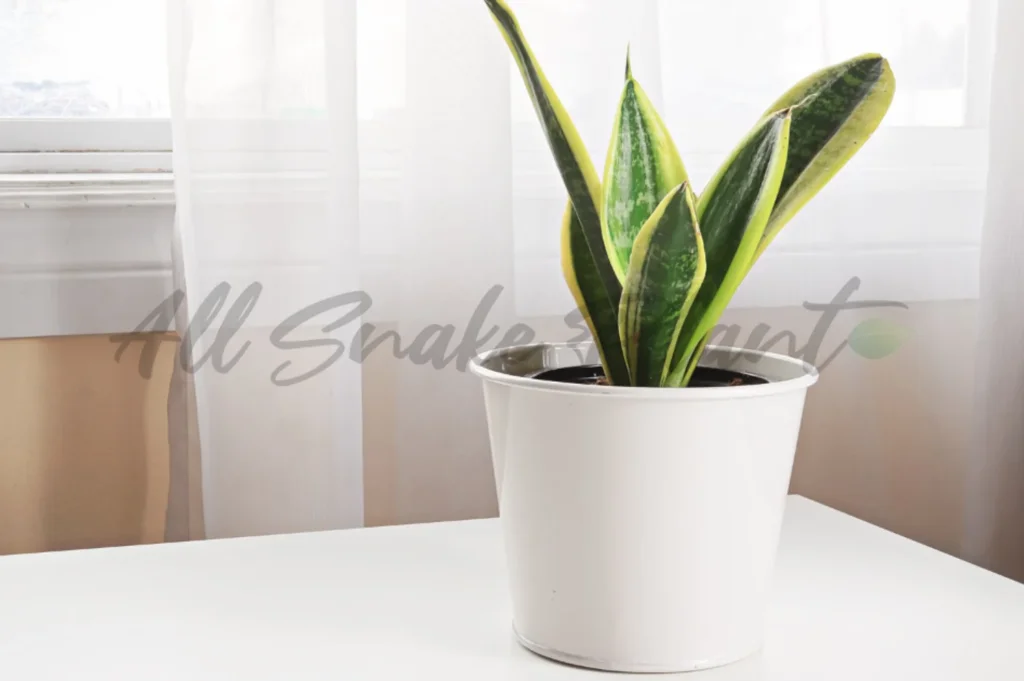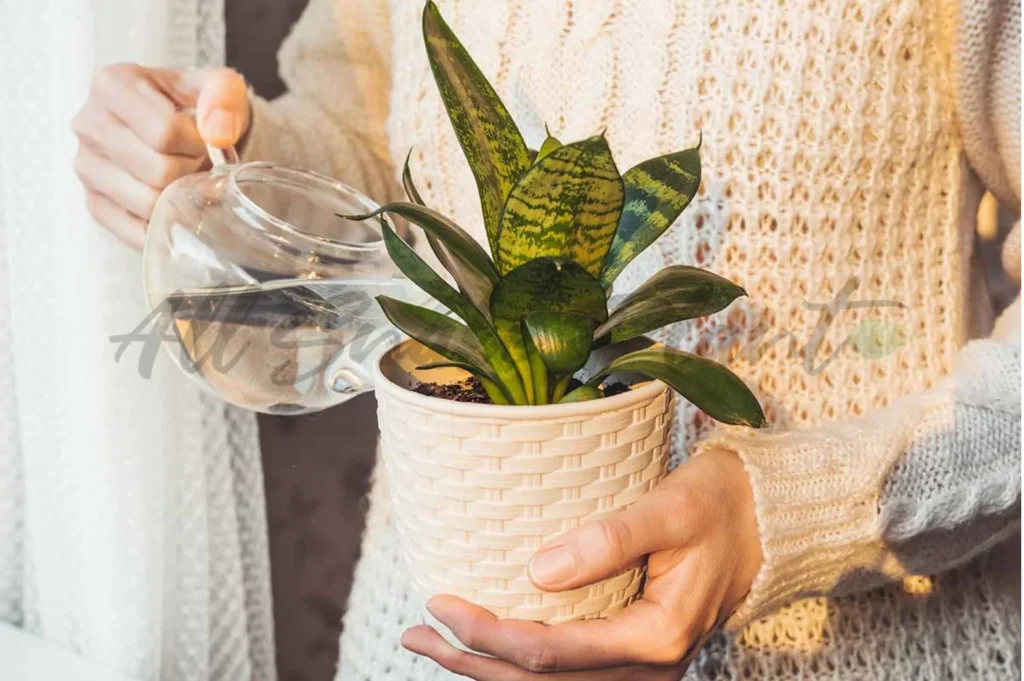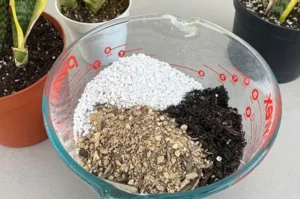Snake plants, often called Dracaena trifasciata, are one of the toughest indoor plants you can grow. They’re known for their long, stiff leaves and ability to handle a variety of environments. While they are low-maintenance, they still need proper care to look their best. This guide will walk you through everything you need to do to keep your snake plant in great shape.

1. Select the Right Pot and Soil
Good care starts with the basics: pot and soil. If these two things are wrong, your snake plant may struggle no matter how much love you give it.
Best Pot:
- Choose a pot with holes at the bottom to drain extra water.
- Terracotta pots are a smart choice because they absorb moisture, helping prevent soggy roots.

Best Soil:
- Use lightweight, fast-draining soil, not regular garden dirt.
- A mix made for succulents or cacti is ideal.
- You can also mix standard potting soil with sand or perlite to improve drainage.
2. Water the Right Way
Snake plants don’t need a lot of water. Giving them too much can quickly cause problems like root rot.
Watering Tips:
- Water only when the top 1–2 inches of soil feel dry to the touch.
- During warmer months, watering every 2–3 weeks is usually enough.
- In colder seasons, water once a month or even less.
Important: Always pour out any leftover water in the saucer under the pot.

3. Give It the Light It Likes
Light plays a big role in how well your snake plant grows. The good news? These plants can live in many types of light.
Light Guidelines:
- Bright but indirect light helps your plant grow strong and upright.
- They can survive in low light, but they’ll grow more slowly.
- Avoid placing them in harsh direct sunlight for long hours, especially during hot afternoons.
Pro Tip: East-facing windows are often the best spot for snake plants indoors.
4. Keep the Environment Comfortable
Snake plants come from warm, dry places. If you recreate those conditions in your home, your plant will stay happy.
Ideal Temperature:
- Snake plants like temperatures between 60°F and 85°F (15°C to 29°C).
- Keep them away from chilly drafts, fans, and heaters.
Humidity:
- These plants don’t need much moisture in the air.
- They thrive in rooms with normal or low humidity levels.
5. Use Fertilizer Sparingly
Snake plants don’t need a lot of feeding. But if you want to boost growth during active months, a little fertilizer can help.
Feeding Tips:
- Use a mild liquid houseplant fertilizer, diluted to half strength.
- Feed once a month during spring and summer.
- Don’t feed during fall and winter, this is the plant’s rest period.
Too much fertilizer can damage the plant, so less is better.
6. Trim and Repot When Needed
Just like haircuts help keep people looking tidy, trimming and repotting help snake plants stay neat and healthy.
Trimming:
- Cut away any damaged, dry, or discolored leaves using clean scissors.
- Snip near the base of the plant, close to the soil.
Repotting:
- Move your plant to a bigger pot every 2–3 years, or when it becomes root-bound.
- Always use fresh, fast-draining soil when repotting.
Frequently Asked Questions (FAQs)
What causes snake plant leaves to wrinkle or curl?
Wrinkled leaves are often a sign that the plant is too dry or has been exposed to cold temperatures. Try watering it and keeping it in a warmer location.
Can snake plants survive in rooms without sunlight?
They can survive in low-light rooms, but they grow best with some indirect sunlight. Total darkness over long periods is not ideal.
How do I know if I’m watering too much?
If your plant’s leaves become soft, mushy, or yellow, it may be a sign of overwatering. Let the soil dry completely before watering again.
Should I spray water on snake plant leaves?
No, it’s not necessary to mist snake plant leaves. They prefer dry conditions, and extra moisture on leaves can lead to fungal issues.
Conclusion
Keeping a snake plant healthy doesn’t take much effort, but the right care can make a big difference. From using the right soil to watering only when necessary and placing the plant in proper light, these simple steps will help your snake plant look fresh and strong. With just a little attention, this hardy plant can thrive for many years in your home or office.







1 thought on “How to Keep Snake Plants Healthy”
Very good tips